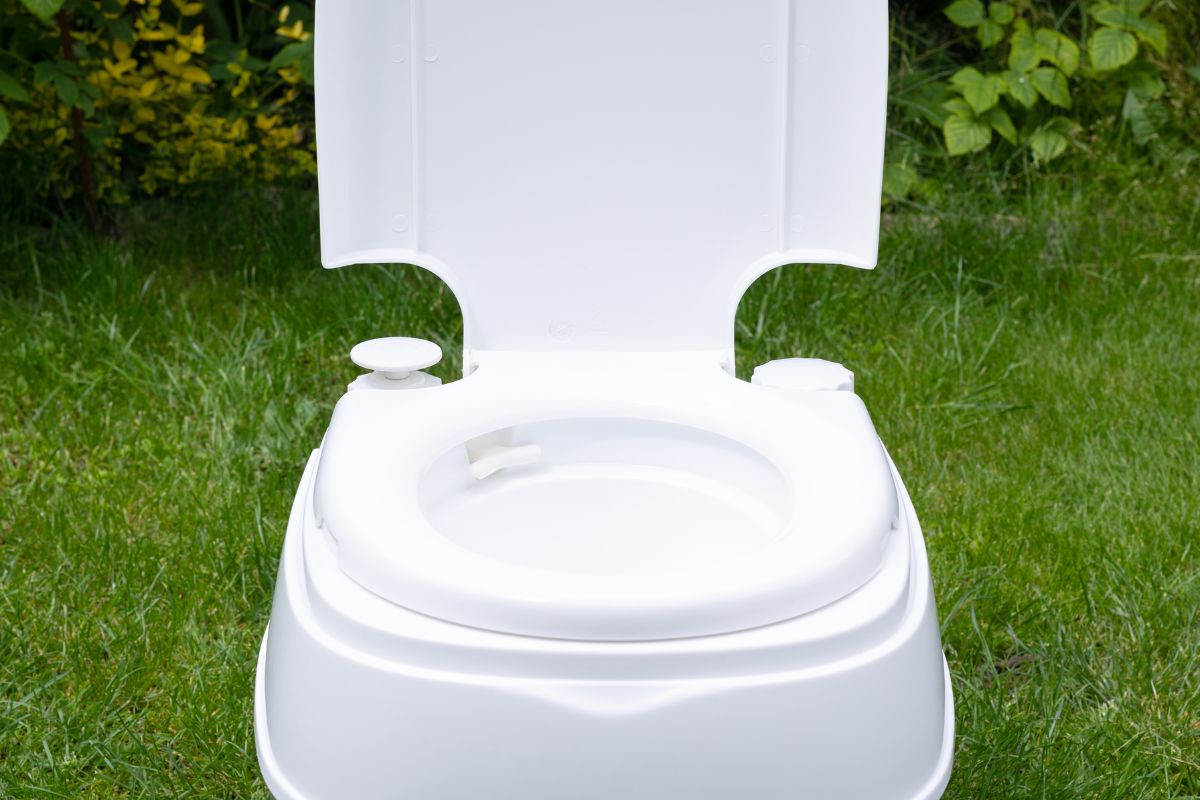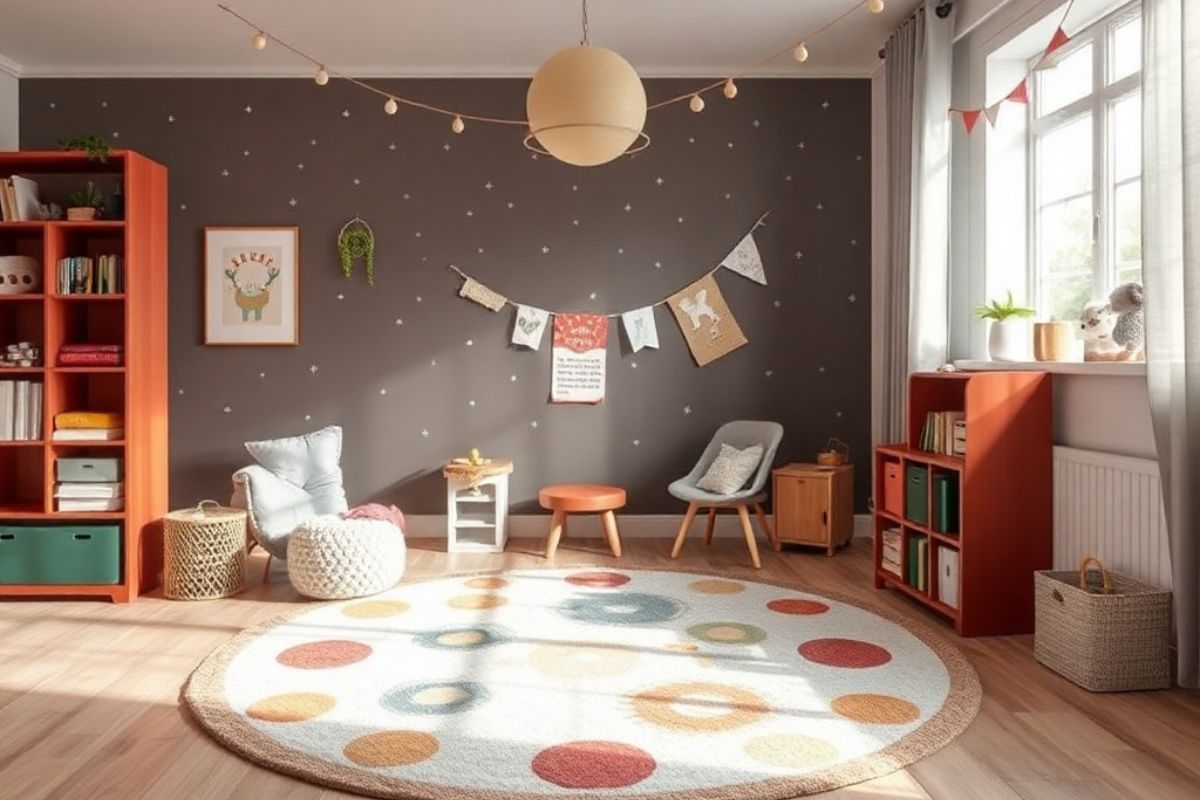If you're considering a compost toilet system for your tiny house, you'll be pleased to know it offers several compelling advantages. Not only does it conserve water, but it also allows for off-grid living and contributes to environmental sustainability. Imagine reducing your utility bills while producing nutrient-rich compost for your garden.
Plus, these systems are surprisingly space-efficient and modern in design, making them perfect for small living spaces. But how do they manage odor control, and are they really that easy to install? Let's explore these questions and more.
Water Conservation
By using a compost toilet system in your tiny house, you'll greatly reduce your water consumption. Traditional flush toilets can use up to 1.6 gallons per flush, adding up quickly in daily use. In contrast, compost toilets require little to no water, making them an eco-friendly alternative that conserves a precious resource.
Switching to a compost toilet means you're not just saving water; you're also cutting down on your utility bills. Less water usage translates to reduced costs, which is always a plus. Additionally, in areas facing water shortages, this system's benefits become even more significant. You'll be contributing to a sustainable lifestyle by preserving water for other essential needs.
Another advantage is the reduced strain on your septic system or local sewage plants. Traditional systems can become overwhelmed, especially in densely populated areas. By minimizing water use, you're easing this burden, leading to fewer maintenance issues and a longer lifespan for your waste management system.
Off-Grid Capability
Switching to a compost toilet system not only conserves water but also empowers you to live off-grid with greater independence and sustainability. You won't need to rely on a traditional sewage system or septic tank, which makes setting up your tiny house in remote locations much easier. With a compost toilet, you can avoid costly and complex plumbing installations, giving you more freedom in choosing your ideal spot.
By eliminating the need for a constant water supply, a compost toilet system reduces your dependency on external resources. This is especially beneficial if you're in a location where water is scarce or if you prefer to collect rainwater. Additionally, the system's simplicity means fewer mechanical parts that could break down, reducing maintenance hassles and costs.
Moreover, compost toilets are designed to handle waste efficiently, converting it into usable compost that you can use to nourish your garden. This closed-loop system not only reduces waste but also contributes to a self-sustaining lifestyle. Whether you're parked in a forest, on a mountain, or by the beach, a compost toilet system offers the flexibility and autonomy you need to thrive off-grid.
Environmental Benefits
Choosing a compost toilet system for your tiny house greatly reduces your environmental footprint. Traditional flush toilets waste gallons of water with each use, but compost toilets don't use any water at all. This not only conserves a precious resource but also eliminates the need for septic systems or sewage connections, further reducing your impact on the environment.
By opting for a compost toilet, you're also cutting down on harmful chemicals. Standard sewage treatment plants often use chemicals to process waste, which can end up in waterways, affecting aquatic life. Compost toilets, conversely, turn human waste into nutrient-rich compost without the need for toxic substances. This compost can then be used to enrich soil, promoting sustainable gardening and agriculture.
Moreover, compost toilets help reduce greenhouse gas emissions. Conventional waste treatment processes produce methane, a potent greenhouse gas. Composting, especially when done correctly, generates far less methane and can even sequester carbon, which is beneficial for the atmosphere.
Space Efficiency
A compost toilet system saves valuable space in your tiny house, offering a compact and efficient solution for waste management. Traditional toilets, with their need for extensive plumbing and water tanks, consume significant room. In contrast, compost toilets are designed to be minimalist, requiring only a small footprint. This allows you to maximize your living area, making it feel more open and less cluttered.
The portability of compost toilets means you can place them virtually anywhere, providing flexibility in your tiny house layout. You won't need to worry about connecting to a complex plumbing network, which often dictates where a conventional toilet must go. Instead, you can design your space based on your preferences and needs, not on plumbing constraints.
Furthermore, many compost toilet models come with sleek, modern designs that complement your tiny house's aesthetic. Their compact nature means they can fit into tight corners or small bathroom spaces without compromising on functionality. With fewer moving parts and a straightforward setup, they're also easier to maintain. By opting for a compost toilet, you're enhancing your tiny house's space efficiency, giving you more room to enjoy and personalize your living space.
Cost Savings
By opting for a compost toilet, you'll cut down on both your initial setup costs and ongoing water bills. Traditional plumbing installations can be expensive, requiring extensive piping, a septic system, or connections to municipal sewage. With a compost toilet, you eliminate the need for these costly infrastructures. This can be a significant financial relief, particularly for those building tiny houses on a budget.
Moreover, compost toilets don't require water for flushing, which drastically reduces your water usage. For tiny house owners, this is a double win: not only do you save on your water bill, but you also conserve a precious resource. Over time, these savings add up, making a noticeable difference in your monthly expenses.
Additionally, composting toilets often have lower maintenance costs compared to conventional systems. There's no need to worry about broken pipes, leaks, or costly sewage backups. Many compost toilet models are designed to be durable and long-lasting, offering a cost-effective solution for years to come. By choosing a compost toilet, you're not just making an environmentally friendly choice; you're also making a smart financial decision for your tiny house lifestyle.
.jpeg)
Easy Maintenance
In addition to cost savings, compost toilets offer incredibly easy maintenance, making them a practical choice for tiny house owners. Forget about the hassles of traditional plumbing and septic systems; compost toilets simplify your life. With these systems, you'll spend far less time worrying about leaks, clogs, or expensive repairs.
To maintain a compost toilet, all you need to do is regularly add bulking material like sawdust or coconut coir. This helps balance moisture and aids in the composting process. You'll also need to occasionally stir the contents to guarantee proper aeration, which speeds up decomposition. The frequency of emptying the compost bin depends on your usage, but generally, it's required only every few months.
Cleaning is straightforward, too. Unlike conventional toilets, you don't deal with stubborn stains or persistent odors (we'll cover odor control in the next section). A quick wipe-down with a natural cleaner keeps everything sanitary and fresh.
Odor Control
One of the biggest concerns people have about compost toilets is odor, but effective odor management is easier than you might think. First, a well-designed compost toilet uses proper ventilation. By installing a small fan or vent pipe, you can guarantee a continuous airflow that directs odors outside, keeping your tiny house fresh.
Next, the use of carbon-rich materials, like sawdust, peat moss, or coconut coir, helps absorb moisture and neutralize smells. Every time you use the toilet, simply sprinkle a handful of these materials over the waste. This not only helps with odor management but also aids the composting process.
Regular maintenance also plays an essential role. Emptying the liquid container frequently prevents urine odors from building up. Additionally, ensuring the composting chamber is not overly full allows for better aeration, which is vital for odor management.
Lastly, some compost toilets come with built-in agitators or stirring mechanisms. These features help mix the waste materials, promoting aerobic decomposition, which naturally minimizes odors.
Nutrient-Rich Compost
Turning human waste into nutrient-rich compost not only reduces waste but also contributes to sustainable gardening practices. By using a compost toilet in your tiny house, you're converting what's typically seen as waste into a valuable resource. This compost, rich in nitrogen, phosphorus, and potassium, can greatly improve soil fertility.
Imagine having a garden where your plants thrive without the need for chemical fertilizers. Compost from your toilet system can provide all the essential nutrients plants need, promoting healthier growth and more abundant yields. Not only does this save you money on gardening supplies, but it also creates a closed-loop system that's both eco-friendly and efficient.
You'll also be reducing your carbon footprint. Traditional sewage treatment processes require substantial energy and resources. By composting at home, you're minimizing the demand on these systems, thereby conserving energy and reducing greenhouse gas emissions.
Moreover, using compost to enrich your garden soil improves its structure, moisture retention, and overall health. This means your plants will be more resilient to diseases and pests. So, not only are you managing waste effectively, but you're also nurturing a more sustainable and productive garden environment.
Installation Simplicity
Installing a compost toilet in your tiny house is surprisingly straightforward and hassle-free. You don't need to worry about connecting to a complex sewage system or dealing with expensive plumbing modifications. Most compost toilets are designed for easy installation, often requiring just a few basic tools and minimal time investment.
First, choose a suitable spot in your tiny house. Ensure it's a location with adequate ventilation, as good airflow is essential for composting. Next, follow the manufacturer's instructions to secure the unit. Usually, it involves bolting the toilet to the floor to keep it stable. Since compost toilets are self-contained, you won't need to run any water lines or drainage pipes, simplifying the process even further.
Ventilation is the key to a successful compost toilet setup. Install the vent hose to direct any odors outside, enhancing the comfort of your space. If your model includes a fan, connect it to a power source for best airflow. Some units even come with a urine diverter, which is easy to install and helps manage liquids more effectively.
With these few steps, you'll have a fully functional compost toilet, making your tiny house both eco-friendly and efficient.
Modern Designs
Have you ever marveled at how sleek and innovative contemporary compost toilet designs have evolved? Today's options aren't just functional; they're stylish and efficient, offering a seamless fit for your compact house. You'll find models with modern aesthetics, featuring clean lines and compact forms that blend effortlessly with your minimalist living space.
Contemporary compost toilets come equipped with advanced features like odor control fans, automatic mixers, and easy-to-use compost removal systems. These improvements ensure that your toilet is not only eco-friendly but also user-friendly. You won't have to worry about unpleasant smells or burdensome maintenance tasks.
Manufacturers now use high-quality, durable materials that make these toilets sturdy and long-lasting. Some designs even incorporate sustainable materials like bamboo, adding an extra touch of eco-consciousness to your compact home. The streamlined design of these toilets means they require minimal space, leaving you with more room to enjoy your living area.
Plus, installation is a breeze with modular components and detailed instructions. Whether you're a DIY enthusiast or prefer professional help, you'll find the process straightforward. With contemporary compost toilet designs, you get a perfect blend of style, practicality, and sustainability.
Conclusion
In a tiny house, a compost toilet system's benefits are unparalleled. You'll conserve water, save on utility bills, and enjoy off-grid living. Plus, you're contributing to environmental sustainability. These systems are space-efficient and cost-effective, making them ideal for compact living. With nutrient-rich compost for your garden and modern, odor-free designs, you're not just living smaller—you're living smarter. Welcome the simplicity and efficiency of a compost toilet, and transform your tiny house experience.






Share: